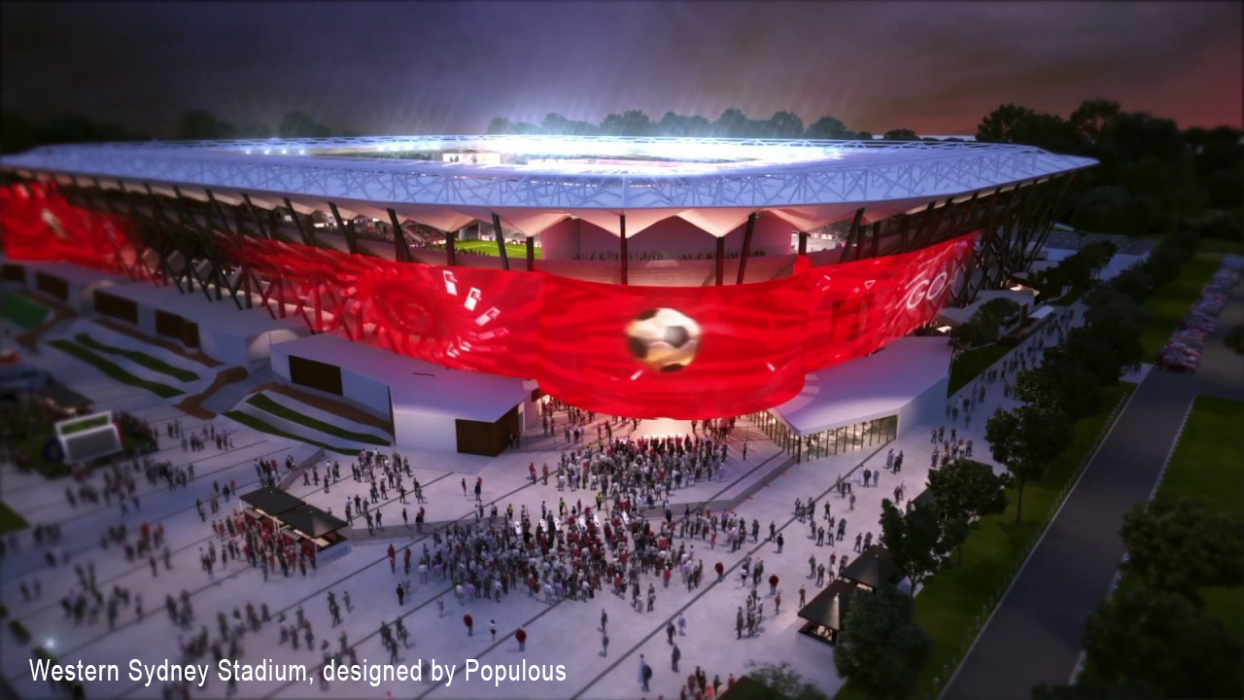Key takeaways from the ‘Entertainment Precincts Summit’, Melbourne

Digby Hall, Northrop’s Sustainable Communities + Climate Resilience Lead, recently chaired the IQPC Entertainment Precincts Summit held in Melbourne.
With case studies from many of the industry’s heavy lifters including Optus Stadium in Perth, Venues NSW, Frasers Property Australia, SPG, ARM Architecture, Coca-Cola Arena Dubai and Sports & Recreation Victoria, delegates heard about emerging trends and challenges in Entertainment Precinct planning, design, engagement and change management.
Some of the key insights included:
- An increasing focus on maximising patrons’ dwell time through improved ‘fan experience’ to support pre and post-event offerings, influencing urban design, place making, retail planning and diverse-use building services
- The rapidly growing opportunities around the use of data, whether it be in tracking patron movements and retail spending, ‘Instagram-able sites’ or fan mobility and transport use
- A swing towards ‘experiential retail’ to entice shoppers back to retail centres through a diverse offering of entertainment
- Venue NSW showed how mapping the fan’s journey experience can reveal and address pain points in the entertainment experience, all the way from the inbound journey and online ticketing experience through to the ease of exit after an event
“I was particularly impressed with the case study of Optus Stadium in Perth, where a truly authentic engagement with the local indigenous groups embedded art, story telling and a celebration of Country into the precinct’s architecture and surrounds” says Digby Hall. “It was inclusivity done well.”
“It’s also always valuable to bring this leading-edge knowledge back to our engineers to help them stay at the front end of the design and innovation curves” continues Digby. “Some of the less physical initiatives such as data harvesting and increasing diversity of uses can have significant implications in the way we create solutions for our clients.”
Digby also presented on ‘Positioning for Climate Risk’, bringing delegates up to date on the rapidly emerging climate-driven risks relating to infrastructure, insurability, liability as owners and operators, and business continuity risk. The presentation covered fiscal and legal drivers, avenues to green funding, and explored a range of precinct-scale infrastructure solutions that can contribute to risk mitigation and added value for patrons.
“The risk is now real; we can measure, quantify and cost it and provide solutions that can keep our clients out of trouble. Wouldn’t you spend $1 now to save $4 in the near future?” says Digby. “Climate change is already upon us, and whilst we need to collectively set about carbon mitigation and driving the renewables transition, we must still keep line of sight to adapting our existing and emerging assets so that our clients can keep doing business when others might no longer be able to.”
